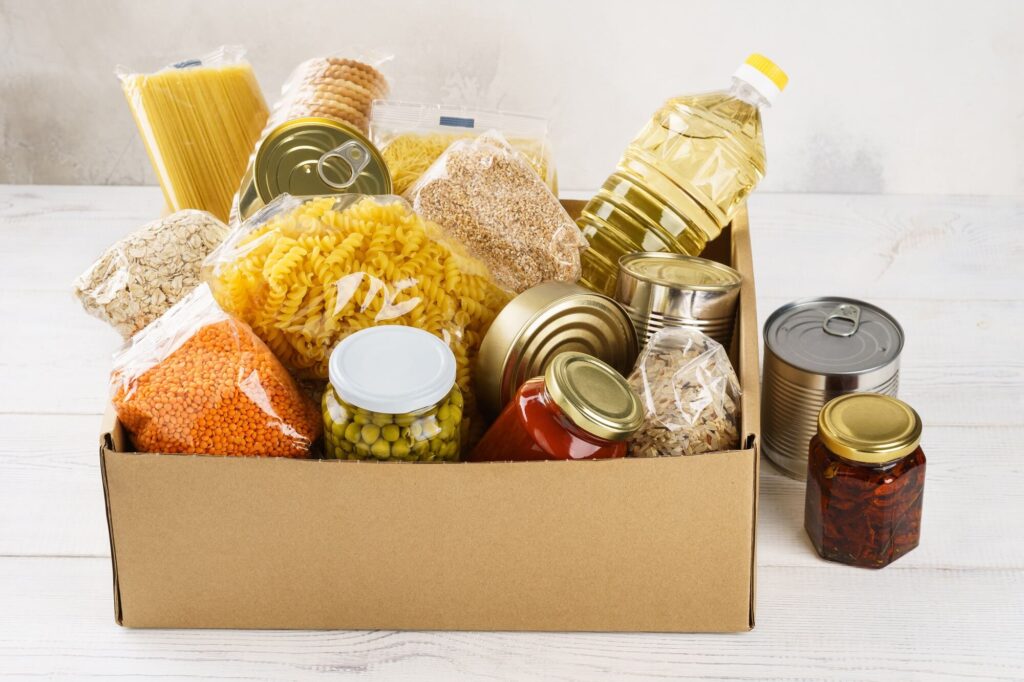
The Impact on Canadian Food Banks Due to COVID-19
Since 1981 when the chips are down and consumers are experiencing tough times, Food Banks have been there to ensure Canadians always have a meal on the table. The first food bank opened their doors in the city of Edmonton under the umbrella of “The Canadian Association of Food Banks”. They changed their name to Food Bank of Canada in 2008. Their mission, “to “enable an effective food bank community that addresses the short -term need for food and longer-term solutions to reduce hunger in Canada”. Though food banks have been prepared for storms in the past, not many could predict the impact COVID-19 would have on Canadian food banks and the demand placed on them by Canadians in need.

Ms. Tania Little is the Chief Development and Partnerships Officer, Food Banks Canada. As part of RBC’s webinar titled: “The Latest Consumer Trends in the Food and Beverage Industry”, she provided an update on “Food Insecurity”. In terms of what food insecure means, every day they do not know where their meals will come from.
Prior to COVID -19:
- 1 million visits each month to food banks across Canada.
- 34% of those utilizing the services of a food bank were children.
- 47% of households in Nunavut are food insecure.
Since COVID-19, food banks especially those in larger urban centres have experienced anywhere from a 30% – 200% surge in demand[i]. More alarming, this past July the Daily Bread Food Bank released a comprehensive report detailing the impact of COVID-19 on food insecurity and food bank use in Toronto. As part of their study the two statistics that stood out the most to myself:
- The frequency of going a full day without eating almost every month increased by 20%.
- One in three children are going hungry, up from one in four.[ii]
The other challenge Food Banks are facing is their supply chain. In the past they have relied on surplus items from Canadian grocery stores that are not available this year. In addition to they have experienced a massive reduction in food donations amid the pandemic. In response, the business community is leading by example. For instance, The Canadian arm of Nestlé has pledged over C$2 million in food donations to Food Banks Canada and Shaw Communications is donating $1M meals to Community Food Centres Canada.
Unfortunately, while Food Bank Canada and partner agencies have worked hard to respond to growing demands during this challenging time, the needs of the people they are helping go beyond charitable food assistance. For instance: mental health, the sense of hopelessness, and depression. Food Bank Canada is doing their best to be a navigator and connect these people to other services that can help create some stability in their lives.
When times are tough Canadians step forward to help those in need. We all have a role to play in Food Banks Canada goal to “Create a Canada where no one goes hungry”. The smiles I receive when I drop off food or a gift card to my Streetsville United Church food bank is priceless. You cannot put into words how grateful these organizations are for any level of donation they may receive.
[i] Tania Little, Chief Development and Partnership Officer, Food Banks Canada
[ii] Daily Bread Food Bank Study Reveals Food Insecurity and Food Bank Use on the Rise During COVID-19 Despite Government Relief, www.newswire.ca, July 2020





